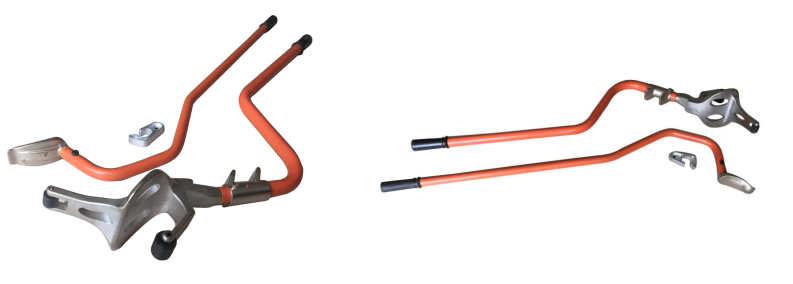How long does it take to change a tire
Changing a tire is a routine task for drivers and mechanics, but the time it takes can vary significantly depending on the equipment used. In this article, we compare the traditional manual tire changer with modern automatic tire machines to see which method is faster and more efficient.
Manual Tire Changer: The Old-School Approach
Time Required: 15-30 Minutes per Tire
Using a manual tire changer requires physical effort and skill. Here’s the typical process:
- Breaking the Bead – Prying the tire away from the rim with a bead breaker tool. (5-10 minutes)
- Levering the Tire Off – Using tire irons to manually remove the tire from the wheel. (5-10 minutes)
- Mounting the New Tire – Carefully aligning and seating the new tire onto the rim. (5-10 minutes)
- Inflating & Balancing – Adding air and checking balance. (5 minutes)
Pros:
Lower equipment cost
Portable (useful for roadside repairs)
Cons:
Labor-intensive
Higher risk of damaging wheels
Inconsistent results
Automatic Tire Machine: The Modern Solution
Time Required: 5-10 Minutes per Tire
Professional shops use automatic tire changers, which dramatically speed up the process:
- Bead Breaking – Hydraulic arms separate the tire from the rim in seconds. (~1 minute)
- Tire Removal/Mounting – The machine clamps the wheel and uses rollers to safely dismount and remount the tire. (~3-5 minutes)
- Inflating & Balancing – Integrated systems ensure proper seating and balance. (~2 minutes)
Pros:
3x Faster than manual methods
Reduces physical strain on mechanics
Minimizes wheel damage (gentler on alloy rims)
Consistent, professional results every time
Cons:
Higher initial cost
Requires training to operate
Why Automatic Tire Machines Are the Future
While manual changers still have a place in emergencies or small garages, automatic tire machines dominate professional shops for good reason:
- Speed – A full set of tires can be changed in 20-40 minutes, compared to 1-2 hours manually.
- Precision – Reduces errors in mounting and balancing.
- Safety – Less risk of injury from tire irons slipping.
- Efficiency – Allows shops to serve more customers daily.
Final Verdict
For quick, reliable tire changes, automatic machines are the clear winner. While DIYers may still use manual tools, professionals rely on speed and precision—making automatic tire changers the industry standard.


